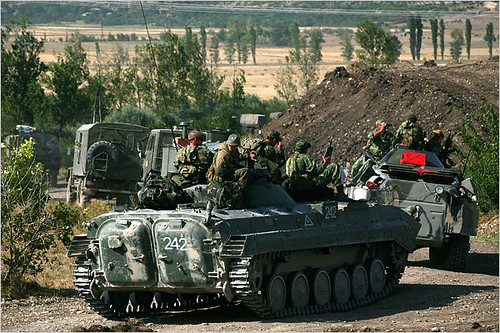
I was talking to someone from USAID the other day, and he told me that in his opinion, there are only three kinds of development work, and a good project has to include all three. These are the three kinds of projects he described:
1. Projects that improve the government environment to make the sector as a whole work better.
2. Practitioner training. Projects that improve the skills of professionals so that they can do their jobs better.
3. Community mobilization. Efforts to teach people about the issue so they can make decisions to improve the situation.
For example, a project to reduce the infant mortality rate might work to encourage the government to place more doctors in underserved areas (policy), training pediatrician and obstetricians to provide better care (practitioner training) and educate parents on good childhood nutrition and the importance of vaccinations (community mobilization). A project on improving elections might advocate changes in election law (policy), training local officials to better manage and monitor elections (practitioner training), and encourage people to get out and vote (community mobilization).
I’m not sure I agree with this framework, but I might. What do you think?


